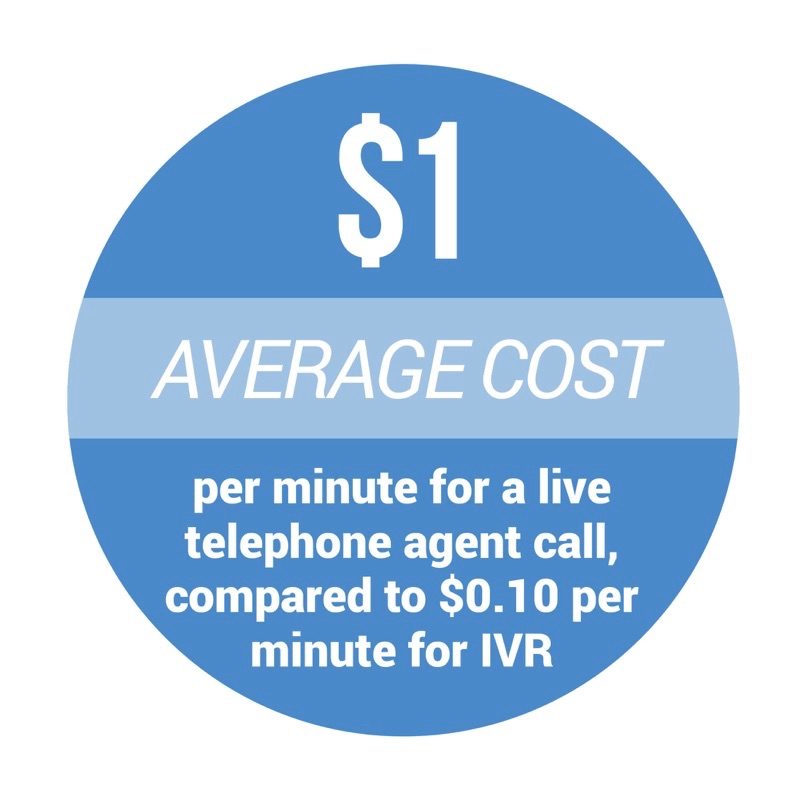 Governments may not be known for keeping up with cutting-edge technology, but that doesn’t mean they don’t take note of the trends — especially when it comes to tools for collecting revenue. With the global speech-based interactive voice response (IVR) software market predicted to rise at a compound annual growth rate (CAGR) of 12.1 percent between 2018 and 2025, a number of local governments are adopting the technology to accept fines and taxes more easily.
Governments may not be known for keeping up with cutting-edge technology, but that doesn’t mean they don’t take note of the trends — especially when it comes to tools for collecting revenue. With the global speech-based interactive voice response (IVR) software market predicted to rise at a compound annual growth rate (CAGR) of 12.1 percent between 2018 and 2025, a number of local governments are adopting the technology to accept fines and taxes more easily.
In the call center space, meanwhile, service providers are upping their use of automation and security technologies. This spans from the use of virtual assistants that can help insurance companies quickly train agents to artificial intelligence (AI)-powered chat aimed at making up for workforce shortages, as well as a variety of new data handling and fraud prevention solutions.
In the September Call Center Commerce Tracker™, PYMNTS charts the latest developments related to the adoption of call center technology in both public and private sectors.
Avtex is looking to help call center clients more securely handle customer payment information. The customer experience solutions provider recently signed a deal to provide its call center clients with Semafone’s dual-tone multi-frequency (DTMF) technology to mask sensitive details provided over the phone.
Customer authentication is also a major concern for companies in the space, one that biometric security platform VoiceIt is working to support with voice-based biometric identification. The biometric solutions provider recently partnered to integrate its solution with Upwire’s platform in an effort to help organizations create IVR workflows that leverage voice authentication.
Meanwhile, financial services technology company Fiserv recently announced two new authentication services, including one designed to send customers temporary codes that must be presented during a call to confirm their identity. The other new solution from the company is designed to analyze customer behavior for suspicious activity during IVR interactions.
 Leveraging AI For Quicker Insurance Claims Service
Leveraging AI For Quicker Insurance Claims Service
After a natural disaster strikes, those affected turn to the often-difficult task of getting back on their feet and restoring stability to their lives — a process that typically includes a call to their insurance company for funds to recover from the damages. In these times of widespread need, there’s often a surge in call volume, which can result in longer wait.
For Allstate, that means using customer-facing automation to help route calls and handle simpler issues. It also means bringing in more live agents, with an AI-powered virtual assistant leveraged to support speedier onboarding. In this month’s feature story, Allstate Senior Vice President Carla Zuniga explains what that technology looks like and where it may be going next.
For the full story, download the tracker.
About The Tracker
The Call Center Commerce Tracker™ serves as a monthly framework for the space, providing coverage of the most recent call center commerce news and trends. The Tracker also includes a provider directory that highlights the key players comprising the call center ecosystem.